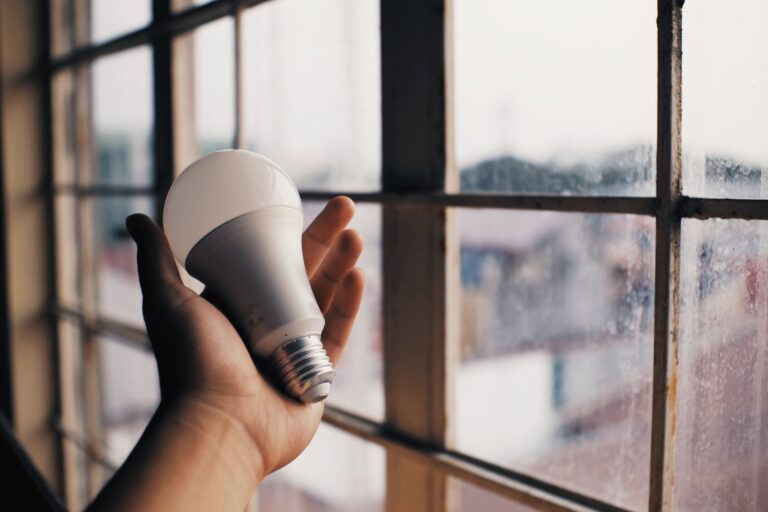Window Installation: Ensuring Energy Efficiency with Proper Installation
Proper installation is crucial when it comes to ensuring the energy efficiency of your windows. Even the most energy-efficient windows can underperform if they are not installed correctly. In this post, we’ll explore the importance of proper window installation and provide tips for achieving optimal energy efficiency.
- Hire a professional: While some homeowners may opt for a DIY approach to window installation, it’s highly recommended to hire a professional installer. Experienced installers have the necessary skills, tools, and knowledge to ensure precise and proper installation. They can assess your specific needs, address any structural considerations, and guarantee a high-quality installation that maximizes energy efficiency.
- Choose the right installation method: There are different installation methods for windows, including full-frame replacement and retrofit installation. The method you choose will depend on factors such as the condition of your existing window frames, the type of windows you’re installing, and your specific goals. Consulting with a professional installer will help determine the most appropriate installation method for your situation.
- Ensure proper insulation and sealing: Proper insulation and sealing are key elements in achieving energy-efficient windows. Insulation around the window frame helps prevent air leakage and thermal transfer. Insulation materials such as expanding foam or fiberglass batts can be used to fill gaps between the window frame and the rough opening. Additionally, weatherstripping should be installed around the moving parts of the window to provide a tight seal when closed.
- Verify proper alignment and operation: During the installation process, it’s crucial to verify that the windows are aligned correctly and operate smoothly. Windows that are misaligned or have improper hardware adjustments can create gaps and compromise energy efficiency. Professional installers will ensure that the windows are level, plumb, and square, and that they open, close, and lock properly.
- Consider additional energy-saving features: In addition to proper installation, you can enhance the energy efficiency of your windows by considering additional features. These may include low-emissivity (low-E) glass coatings, gas fills between the panes for added insulation, and thermal breaks in the frame to minimize heat transfer. Discuss these options with your installer to determine the most suitable choices for your specific needs and budget.
By prioritizing proper installation techniques, you can ensure that your windows perform at their best in terms of energy efficiency. This not only helps reduce energy consumption and lower utility bills but also enhances indoor comfort by minimizing drafts and temperature fluctuations. Invest in professional installation and follow these tips to maximize the energy-saving potential of your windows for years to come.
